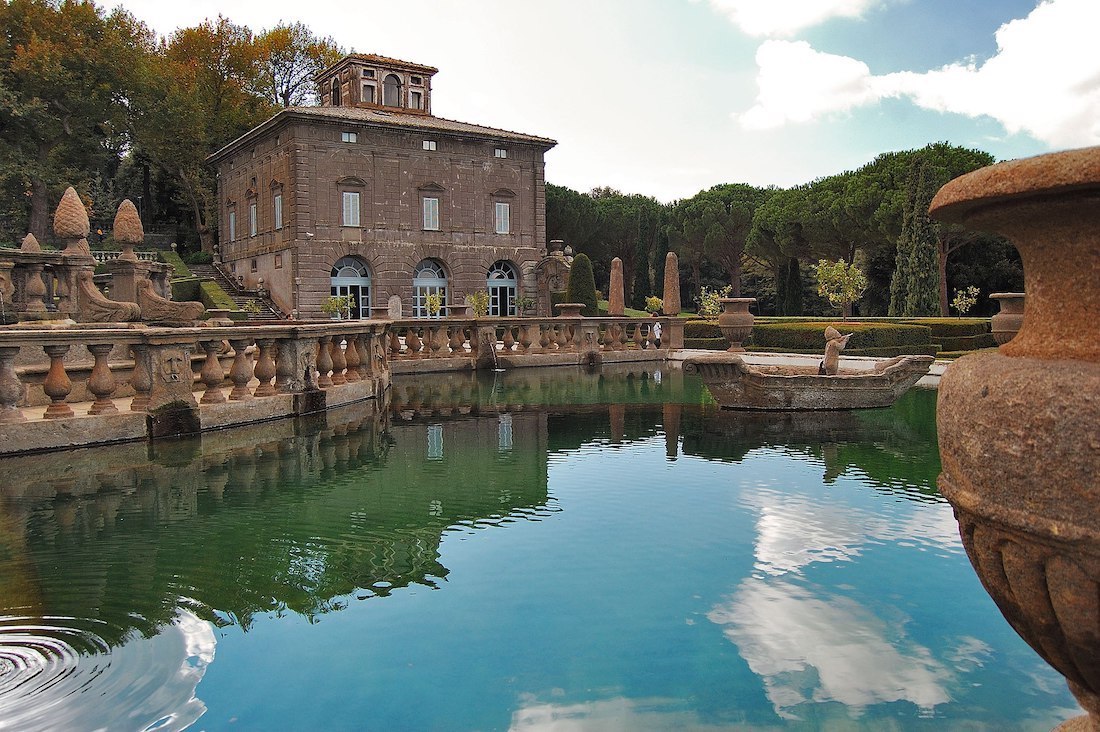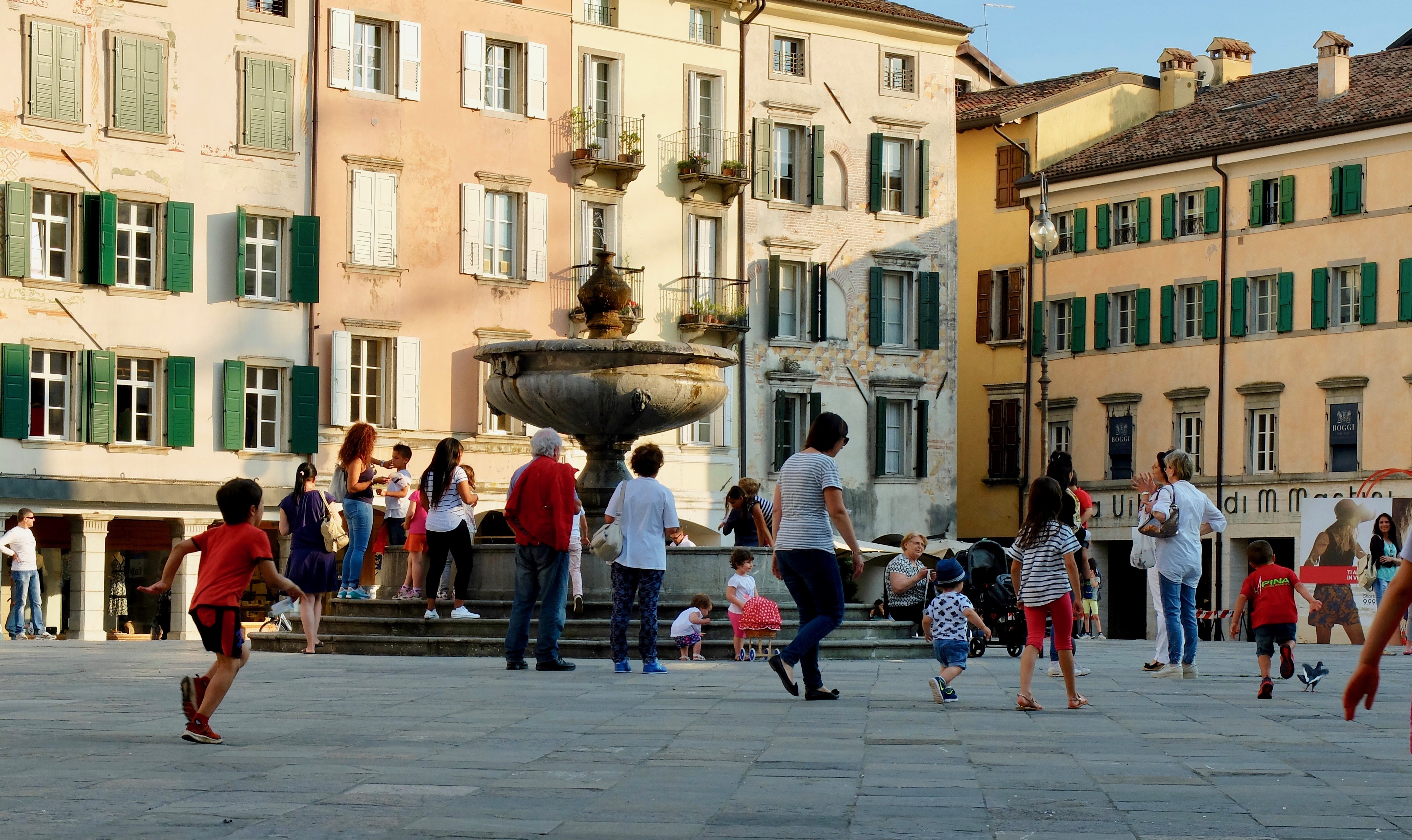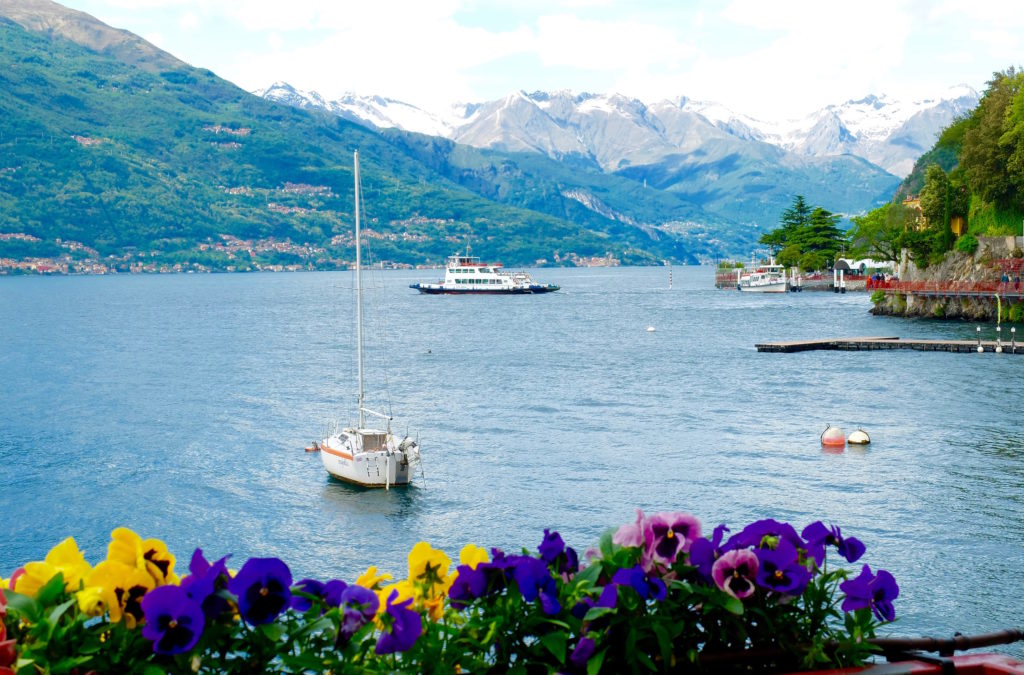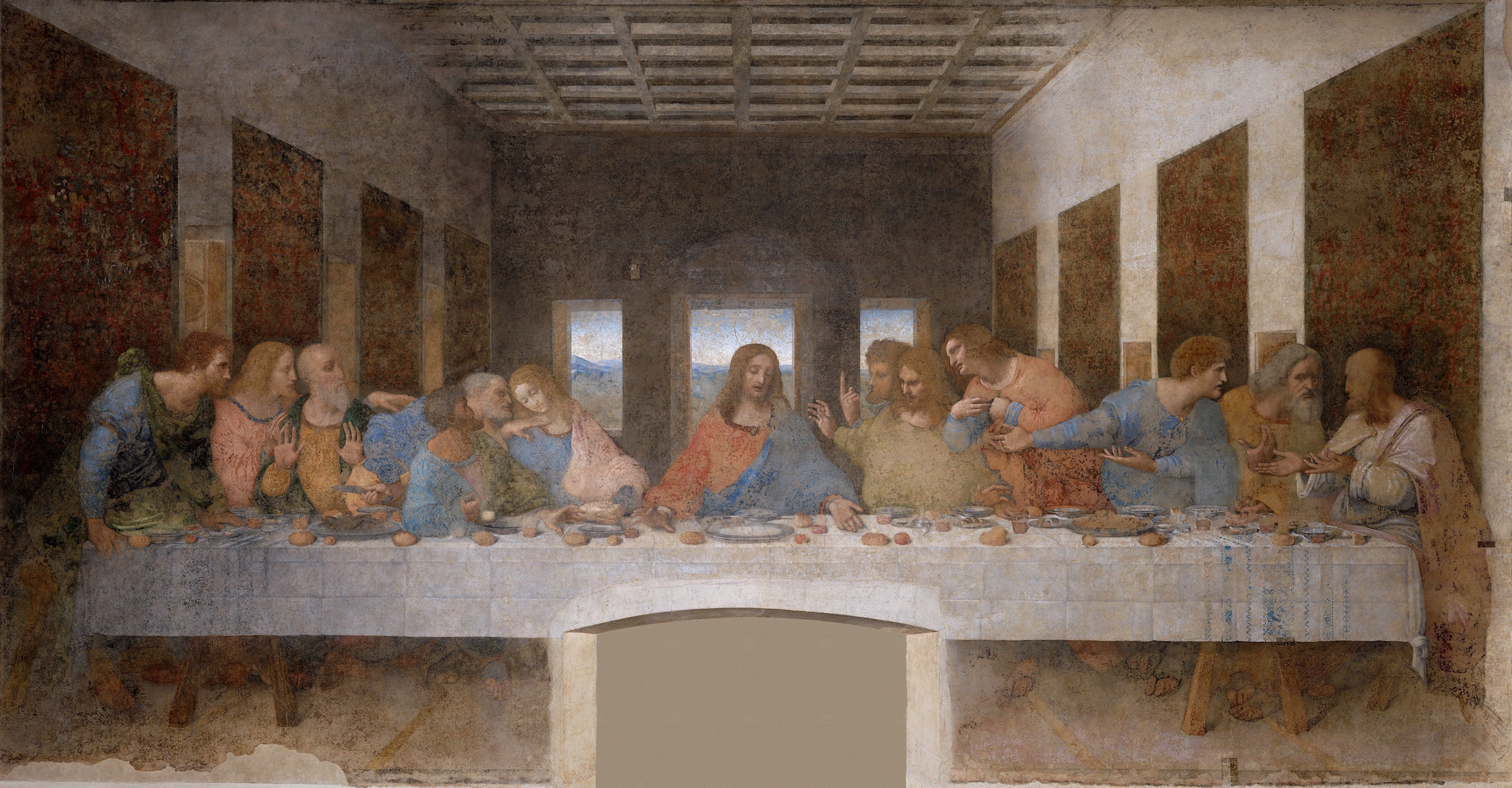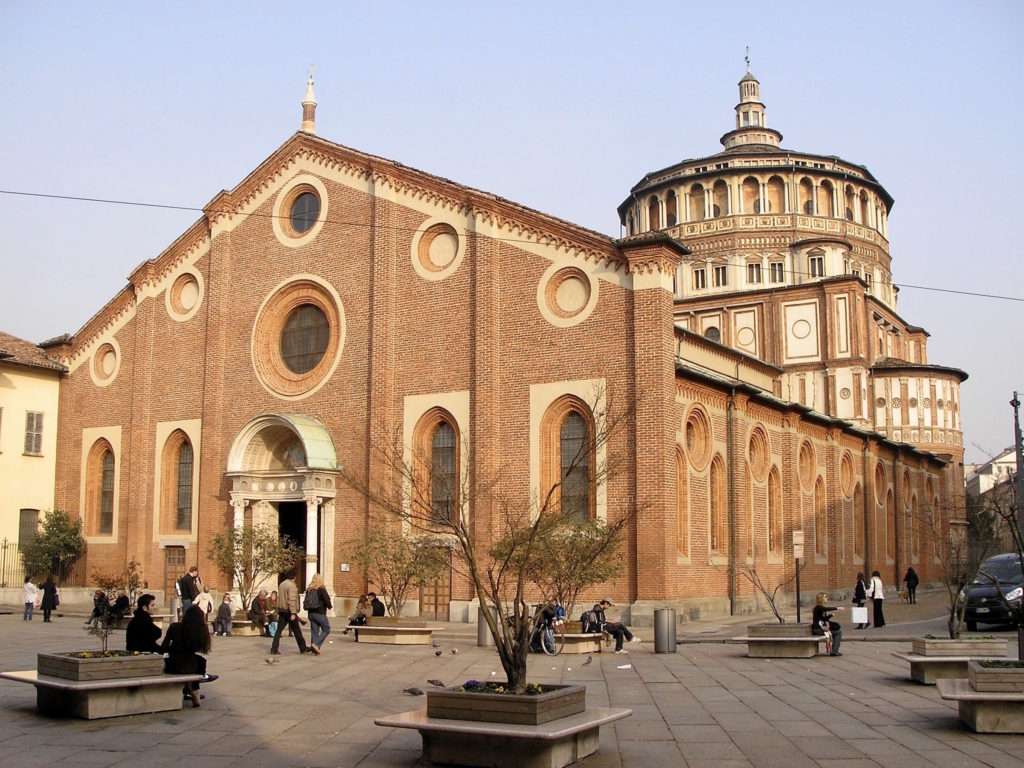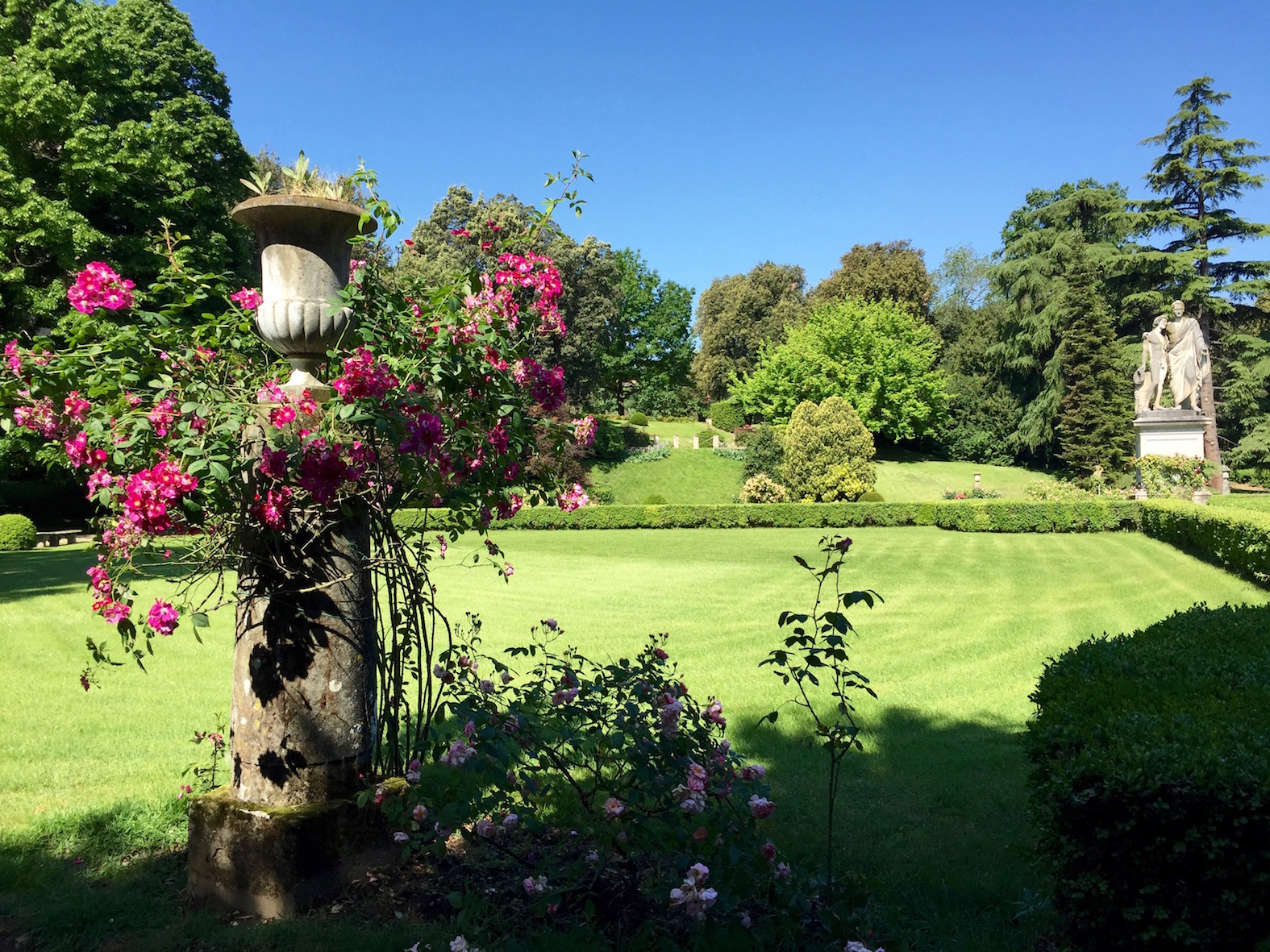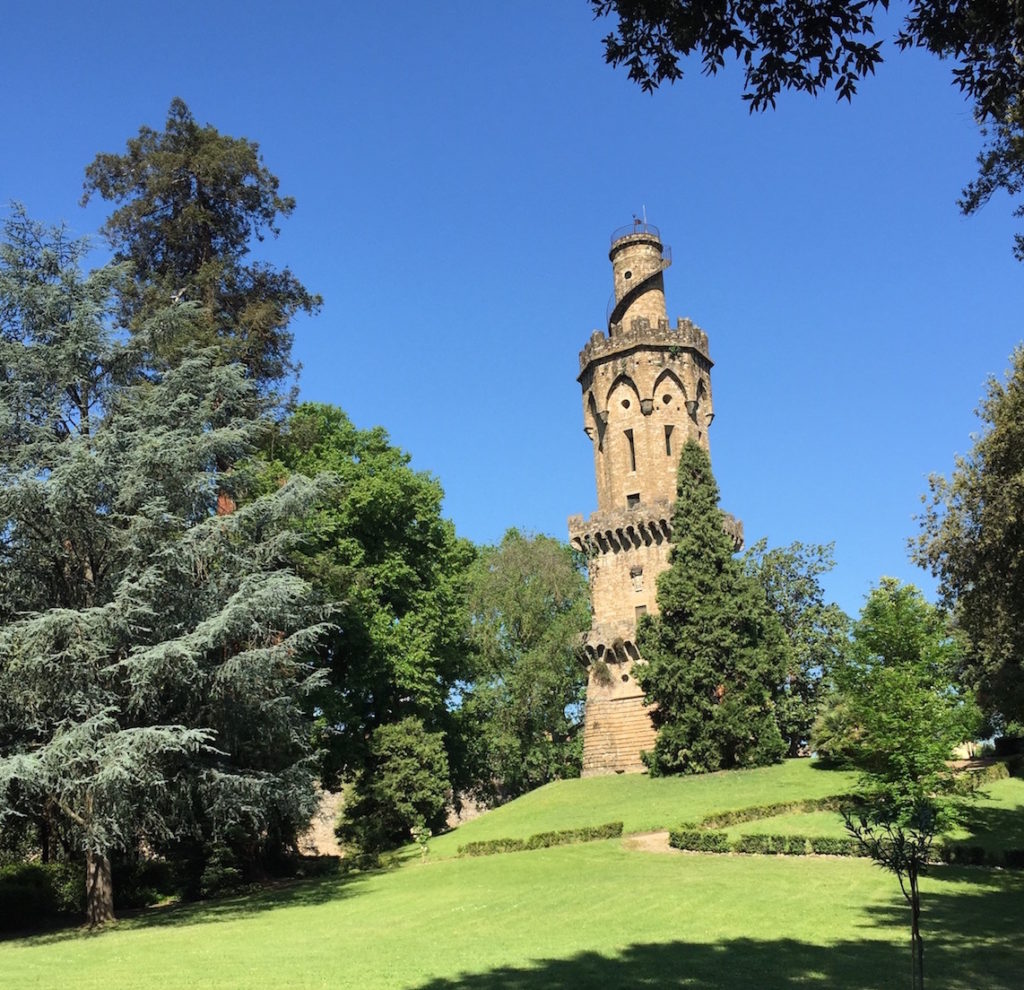13 Jun Discover the charm of Villa Lante – a new highlight in our Great Gardens of Italy tour
Image by Jeff from Sacromento, CA, CC BY 2.0 via Wikimedia Commons
In 2024, we were thrilled to include the enchanting Villa Lante in our Great Gardens of Italy tour for the first time. Nestled in Bagnaia, near Viterbo, Villa Lante is a masterpiece of Renaissance garden design, celebrated for its remarkable blend of architecture, sculpture, and landscape art.
A Glimpse into History
Villa Lante was conceived in the late 16th century and primarily designed by the renowned architect Giacomo Barozzi da Vignola. Commissioned by Cardinal Gianfrancesco Gambara, the villa and its gardens were intended as a grand statement of the cardinal’s status and taste. After Gambara’s death, his successor, Cardinal Alessandro Montalto, further enhanced the estate, adding his personal touch to the gardens and buildings.
The villa itself comprises two nearly identical small palaces, or casini, known as Gambara and Montalto. These buildings are adorned with frescoes and intricate architectural details that reflect the Renaissance love for classical antiquity and humanist themes.
The Gardens: A Symphony of Water and Art
The gardens of Villa Lante are a testament to the artistry and engineering of the Renaissance period. Designed to delight and surprise, the gardens feature a series of terraces that cascade down a gentle hillside, each level revealing a new marvel of design. Water is a central theme, ingeniously integrated into the landscape through fountains, cascades, and water chains.
At the heart of the garden lies the Quadrato, a perfectly square parterre enclosed by high box hedges. Here, you will find the magnificent Fontana dei Mori, a complex fountain featuring life-sized statues of Moors holding the heraldic symbols of the Montalto family. This fountain is a focal point, surrounded by meticulously sculpted boxwood and ornate stone decorations.
Another highlight is the Fountain of the Lamps, a circular, multi-tiered fountain where water jets mimic the flickering of oil lamps. This playful use of water continues with the Cardinal’s Table, a long stone table with a central water channel designed to keep food and wine cool during outdoor feasts.
The upper terraces of the garden showcase even more water features and grottos, culminating in the Fountain of the Deluge, a dramatic representation of the biblical flood, complete with sculpted river gods and a water chain that symbolises the rejuvenating power of water.
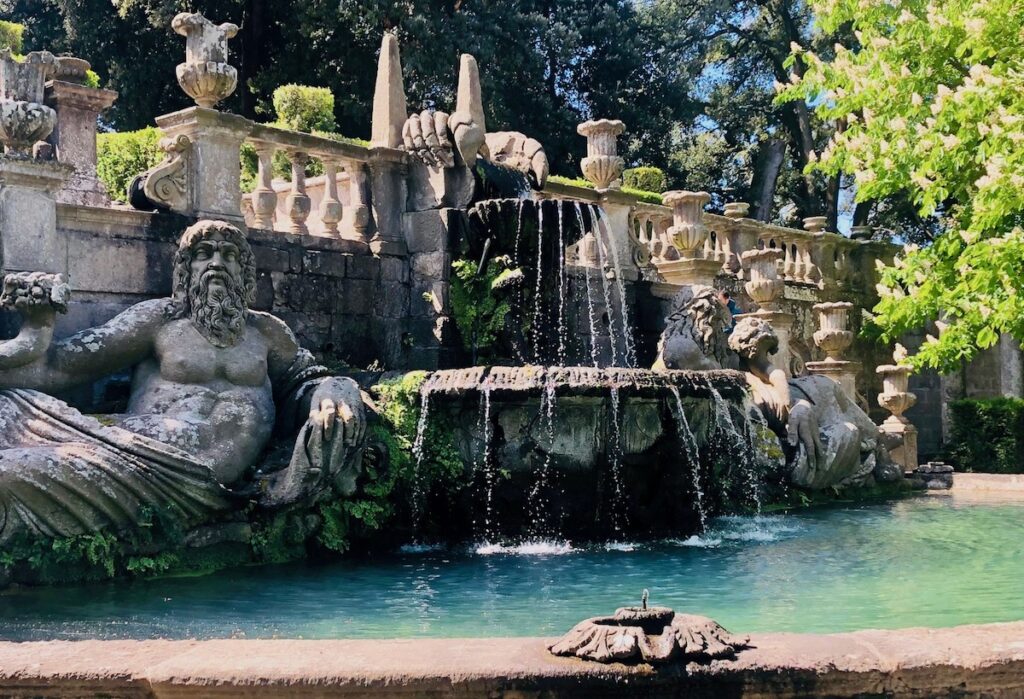
Experience Villa Lante with Us
In 2025, come to Italy and visit Villa Lante, a place where art, nature, and history converge. These visually stunning gardens are not just a feast for the eyes, but also rich with symbolism and historical significance, making your visit a truly immersive experience.
For more details and to secure your spot, visit our website and download the full itinerary of our popular Italian garden tour. Take advantage of this extraordinary journey into Italy’s botanical treasures!
We are in the process of finalising our 2025 tour programme, so keep an eye on our website, as we are constantly adding new tours.
If you’ve been eyeing a particular tour from our 2024 lineup, please send us an email, and we’ll give you the latest updates on our plans for that tour in 2025.

